Description
Peperomia ‘Isabelle’ is a unique plant with stunning foliage, making it a perfect addition to any home or office. With its distinctive and attractive appearance, it is sure to add a touch of elegance to any space. The plant is easy to care for and requires minimal maintenance, making it an ideal choice for busy individuals.
Full Botanical Name:
Peperomia ‘Isabelle’
Common Names:
Isabelle Peperomia
Country and/or Region of Origin:
Peperomia species are native to tropical and subtropical regions of the world, with many varieties cultivated worldwide.
Growing Conditions in Native Habitat:
Typically found in rainforests, growing on rotting wood or as an epiphyte under the forest canopy, where humidity is high and light is filtered.
Care Information:
-
Light:
Prefers bright, indirect light but can tolerate moderate light conditions. Avoid direct sunlight to prevent leaf scorch. -
Ideal Room:
Well-suited for rooms with moderate light like offices or living rooms with sheer curtains. -
Feeding:
Feed with a diluted balanced fertilizer every 4-6 weeks during the growing season. Reduce feeding in the winter months. -
Humidity:
Enjoys high humidity but adapts well to average home humidity levels. Consider misting occasionally or using a pebble tray if the air is very dry. -
Ideal Temperature:
Prefers temperatures between 60°F and 80°F (15°C to 27°C). Avoid drafts and sudden temperature changes. -
Watering:
Water when the top inch of the soil feels dry. Peperomias prefer to be on the drier side, so ensure not to overwater. -
Pet/Child Safe:
Generally considered non-toxic to pets and children. -
Soil:
Well-draining potting mix, ideally containing peat moss and perlite. -
Propagation:
Easily propagated from leaf cuttings or stem cuttings placed in water or directly in soil. -
Eventual Height and Spread:
Typically grows to about 8-12 inches (20-30 cm) tall and spreads similarly. -
Growth Rate:
Moderate. Maintains a compact form which makes it ideal for small spaces. -
Pests and Treatment:
Watch for pests like spider mites and mealybugs. Treat with insecticidal soap or neem oil as necessary. -
Repotting:
Repot every 2-3 years or when it becomes root-bound. Spring is the ideal time for repotting. -
Pruning:
Minimal pruning required. Trim back to shape or remove damaged leaves as needed. -
Folk Law:
Peperomias are often considered symbols of good luck, making them popular gifts among plant enthusiasts.

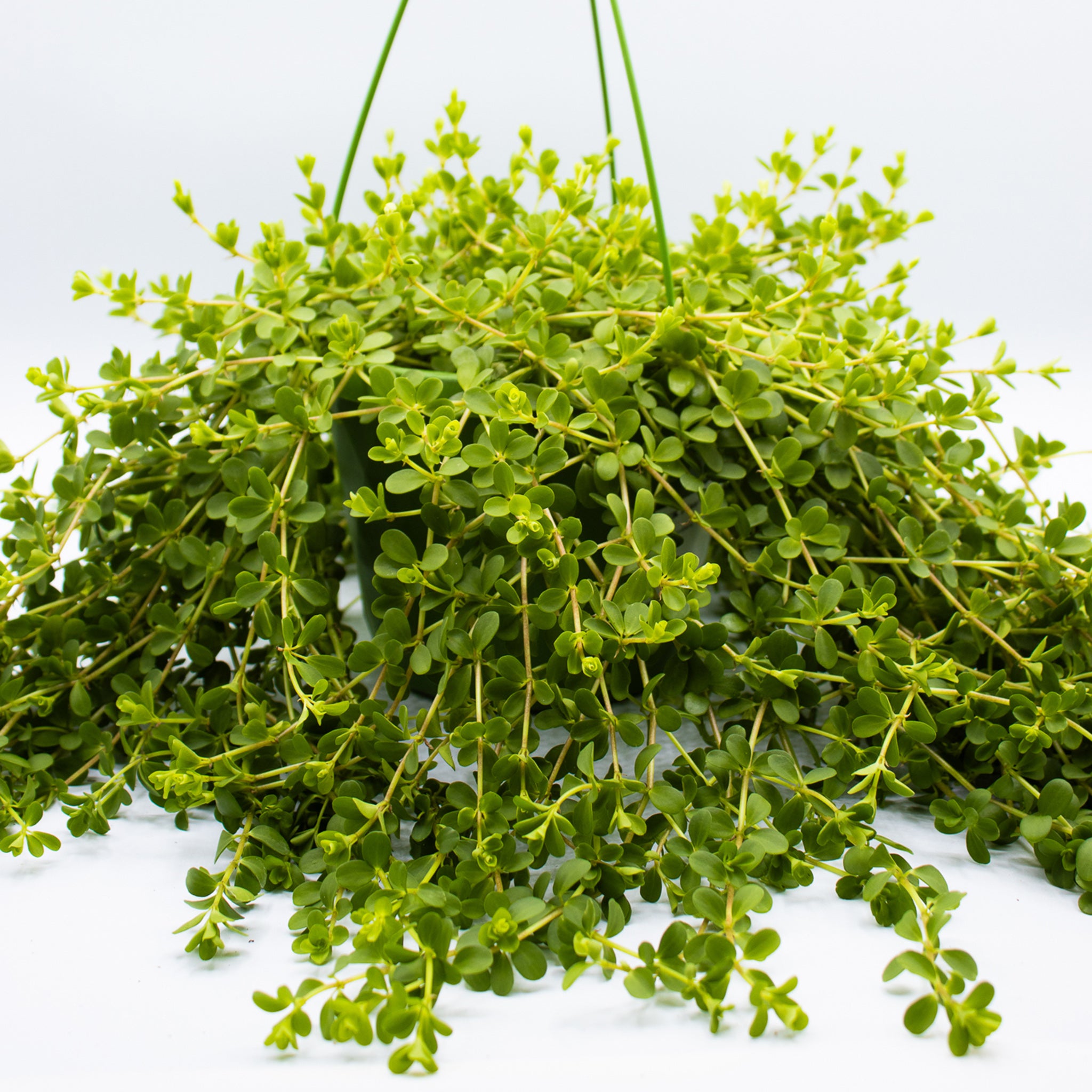
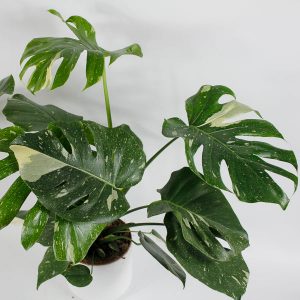
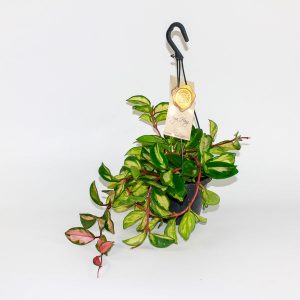
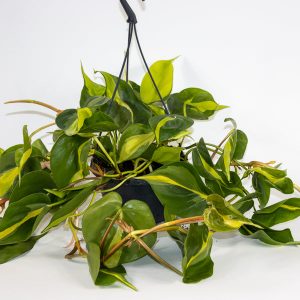
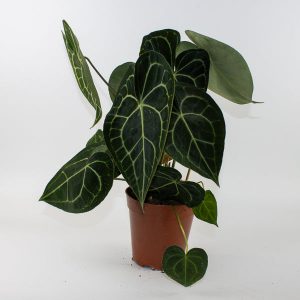
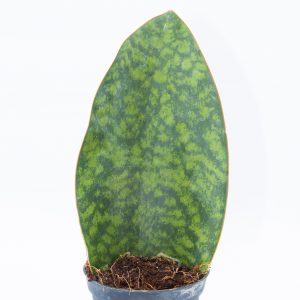
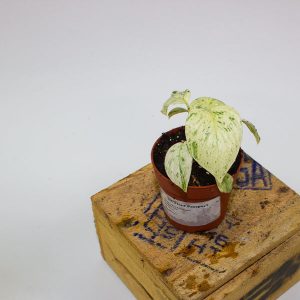


Reviews
There are no reviews yet.